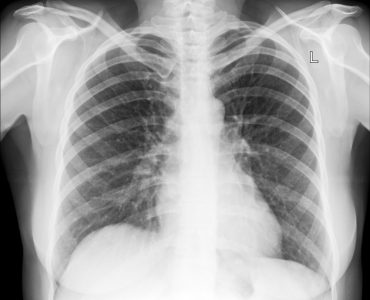Detailed images of any part of the body can be obtained through the scan. Most commonly it is used for
brain, spinal cord, abdomen and pelvis images
bone, joint and soft tissue injuries
growth and spread of tumours
effectiveness of surgery on tumour tissues can be seen through repeated MRI scans.
Detailed study of brain working, blood flow within the brain, multiple sclerosis of brain, effect of stroke on brain tissues.
Diagnosing heart defects, thickening of heart muscles following heart attack.
Examining joints, knee injuries, injury impact on tendons, ligaments, muscles, cartilage and marrow to decide if surgery is needed.
Restrictions
An MRI safety questionnaire needs to be filled before the scan
As mentioned in the preparation for scan, one needs to advise the radiographer about any metal implants used inside the body.
Most people with hip or knee replacements, surgical clips or staples, dental fillings or bridges and tubal ligation clips are allowed to go for the scan.
Scans are not allowed for people with heart pacemaker, cochlear implants, pump implants or nerve stimulations. Also scans are not suitable for metal fragments in or near eyes or blood vessels, artificial heart valves, artificial limb fitted within last 2 months, brain aneurysm clips or surgery has been done to stop bleeding in the brain.
It should be avoided during pregnancy, unless absolutely necessary.
Advantages of MRI scan
This is one of the safest imaging techniques available. It produces images of any body part, from all angles. Especially used for showing images of soft tissues like cartilage and ligaments and organs like heart, brain and eye.
MRI scans are better than X-rays as they provide detail of soft tissues, show differences in various tissue types, inflammations and swellings, condition of blood vessels and blood flow, give three dimensional and cross-sectional images.
Disadvantages of MRI scan
During the scan one has to remain still for anywhere between 15 to 60minutes till the scan is completed. Scanners are noisy and headphones or earplugs are normally used to block the sound. Some people might feel nervous or claustrophobic when inside the scanner tube. MRI scanners are sensitive to any movements, even coughing and swallowing can blur images, thus these are not suited for investigation conditions like mouth tumours.
Bone and calcium do not show on MRI scan, so it is incapable of detecting tissue calcification which is a feature of al lots of diseases like osteoporosis.
Risks of MRI scans
It is a safe procedure and there are no known negative effects of being exposed to the magnetic field or radio waves of the MRI scan.
Although there have been no known side effects of the scan on pregnant women, long-term effects on the developing baby are not yet known, so it is advised not to undergo scan during pregnancy, unless absolutely necessary.
Some scans require injection of a special dye into the body, this can cause allergic reactions, which are easily treated immediately.
Purpose of MRI scan

Let us know if you liked the post. That’s the only way we can improve.












